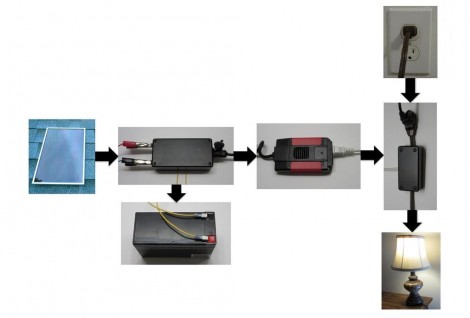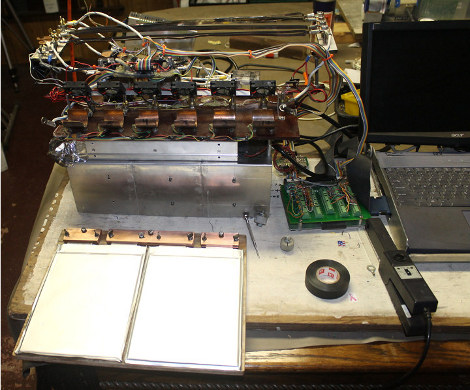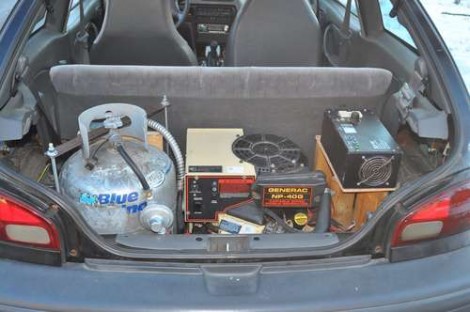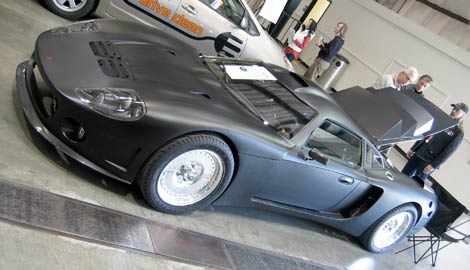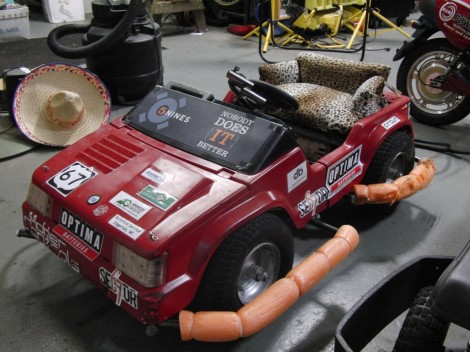
The Power Racing Series (PPPRS) is an electric vehicle competition with a $500 price ceiling. This is Fauxarri, the 2012 Champion. It was built by members of Sector67, a Madison, WI hackerspace. To our delight, they’ve posted an expose on the how the thing was built.
It should come as no surprise that the guys behind the advance electric racer aren’t doing this sort of thing for the first time. A couple of them were involved in Formula Hybrid Racing at the University of Wisconsin. That experience shows in the custom motor controller built as an Arduino shield. It includes control over acceleration rate, throttle response, and regenerative braking. But you can’t get by on a controller alone. The motors they used are some special electric garden tractor motors to which they added their own water cooling system.
If you want to get a good look at how fast and powerful this thing is head on over to the post about the KC leg of PPPRS (it’s the one towing a second vehicle and still passing the competition by).

